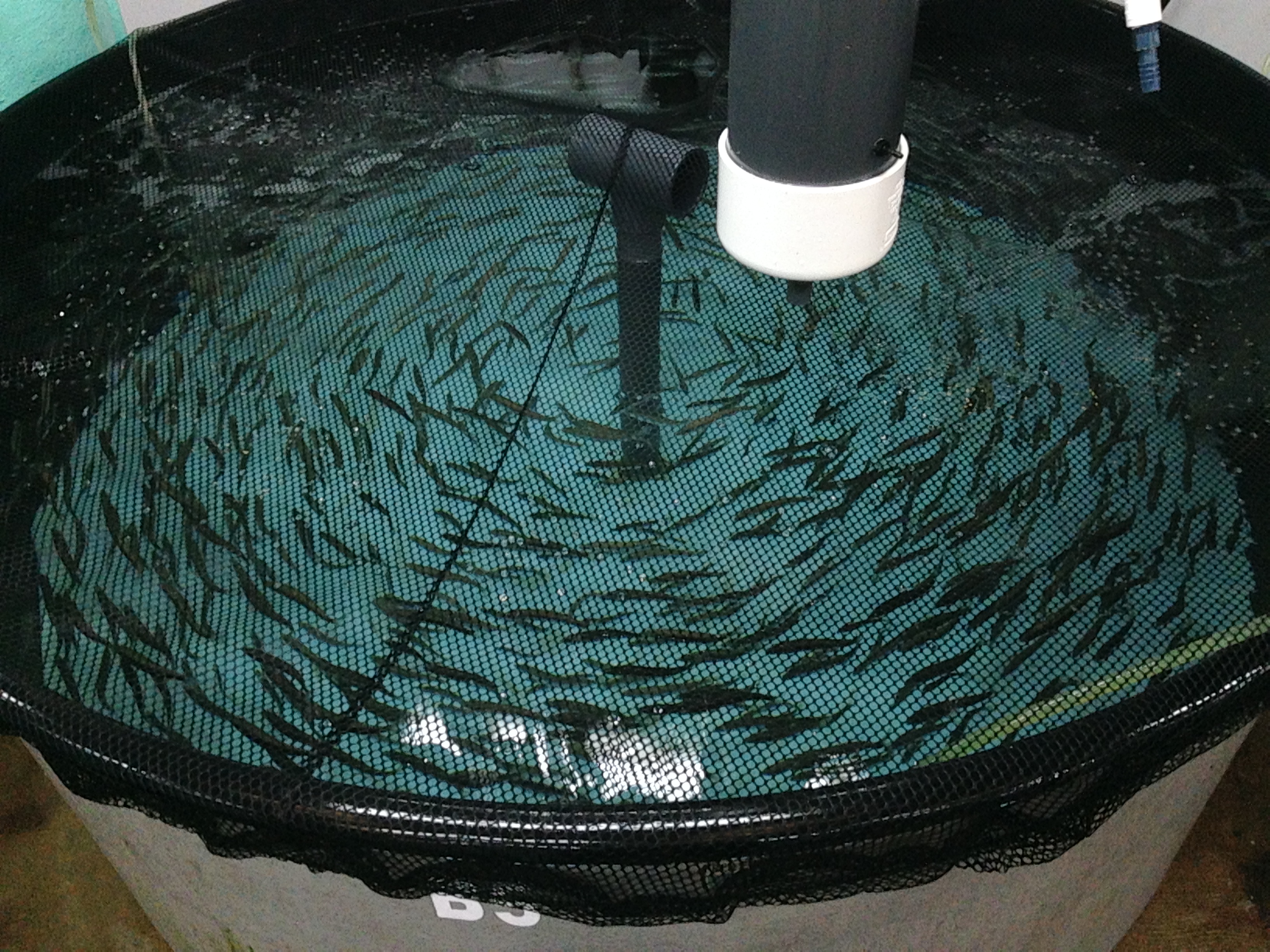
Pacific herring have long been considered an essential part of the Puget Sound food web. Now, studies are beginning to reveal how diseases in herring could be reverberating through the ecosystem, affecting creatures large and small. We continue our coverage of the ecological impacts of disease in Puget Sound with this look at the region's most well-known forage fish.

Tiny herring eggs and larvae are eaten by a multitude of invertebrates, such as crabs and amphipods. They are also important to fish, such as juvenile salmon and smelt, as well as numerous marine and diving birds.
As herring grow into juveniles and adults, they enter into the larger food web, including numerous marine mammals, from harbor seals to orcas; vast numbers of birds, from tufted puffins to great blue herons; and a wide variety of fish, from Chinook salmon to halibut.
Paul Hershberger, research fisheries biologist with the U.S. Geological Survey, has been studying diseases of herring at his lab on Marrowstone Island near Port Townsend. It is the only lab in the world where herring are reared from eggs to keep them free of pathogens. This approach allows for a wide range of experimentation into how herring are able to fight off infections or else succumb to the effects of disease.
Like most vertebrates (animals with skeletons), herring benefit from an adaptive immune system, which has the ability to identify pathogens as foreign invaders, develop a biological response and then launch a counter-attack. If successful, the immune system will retain an “immunological memory” that can quickly respond to the next invasion by the same or a similar pathogen.
In fish and other cold-blooded animals, temperature can make the difference between victory and defeat over disease organisms, Hershberger said.
“A couple of degrees can make a real difference in whether a fish is susceptible to disease,” he noted, “but we also see the immune response ramp up at higher temperatures. Subtle changes in temperature can really impact basic biological processes.”
The specific response depends on the specific disease organism, he stressed. “We think of it as an arms race, the replication of the disease agent versus the response of the immune system.”
Herring in Puget Sound are threatened primarily by three pathogens:Ichthyophonus hoferi, a single-celled fungi-like organism that attacks organs and muscles; viral hemorrhagic septicemia virus or VHSV, which causes hemorrhaging of organs, skin and muscle; and erythrocytic necrosis virus, or ENV, which affects the red blood cells.
In adult herring, the prevalence of Ichthyophonus ranges between 20 and 55 percent throughout most of Puget Sound. Unlike many fish diseases, studies suggest that the infection rate increases with age, ranging from 12 percent in juveniles to 58 percent among the oldest adults. And the older animals seem to carry a greater number of the parasites.
In the laboratory, 80 percent of the herring without immunological protection die within two months of exposure.
Recent studies demonstrate that infected fish are not able to swim as well, making them targets for predators including salmon and sculpins. In other words, predators may eat the diseased herring before the herring even have a chance to complete their battle against the disease.
These factors could help explain the disappearance of older and larger herring in Puget Sound, where the average age of adults has declined from more than 5 years old in the 1980s to about 3 years old today.
The loss of older herring from Puget Sound not only reduces the total biomass of fish available to feed into the food web, it can have an effect on the overall population, Hershberger said. Older females tend to lay a greater number of eggs, which are generally larger and more capable of survival.
Most worrisome is the Cherry Point herring stock, once the largest of the 18 Puget Sound stocks. The biomass of Cherry Point herring has declined from about 15,000 tons in 1973 to less than 800 tons today. The other Puget Sound stocks have avoided that level of decline. Instead, their total biomass has fluctuated widely between about 10,000 and 16,000 tons.
Newly hatched herring larvae from Cherry Point, located near Bellingham, have shown low birth weight, increased skeletal abnormalities and shorter survival times. Ongoing studies are trying to determine whether the majority of Cherry Point herring are simply dying before they reach sexual maturity. If so, the critical reproductive processes would be left to immature herring, which are likely to produce offspring with developmental problems.
Next: Read about how disease might affect another high profile player in the ecosystem, salmon.

